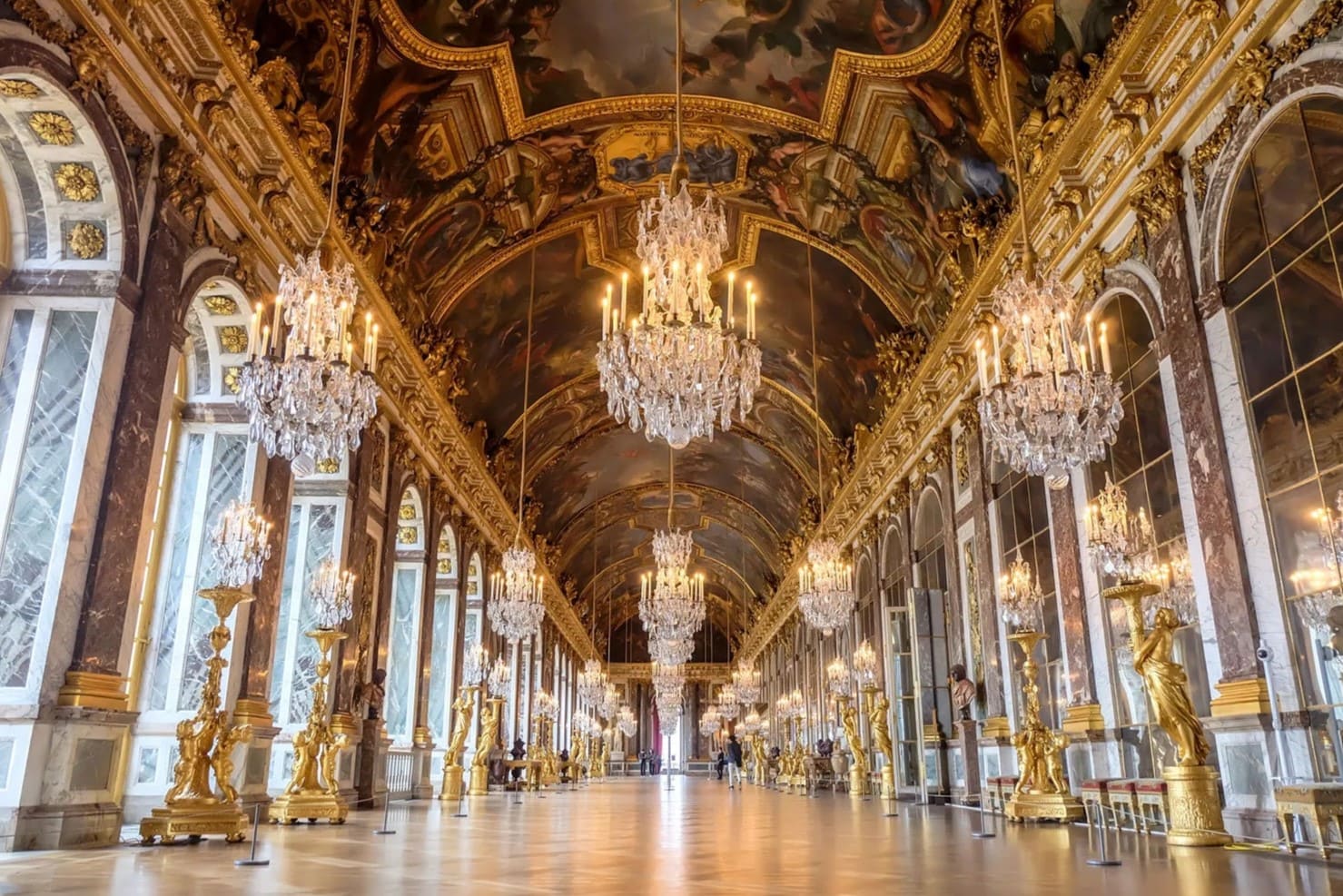
Versailles Palace, a symbol of opulence and grandeur, holds a significant place in history and continues to captivate visitors from around the world. This iconic landmark, located in the Île-de-France region of France, offers a glimpse into the extravagant lifestyle of the French monarchy. From its stunning architecture to its lush gardens, Versailles Palace stands as a testament to the artistic and cultural achievements of the past.
In this article, we will delve into 10 fascinating facts about Versailles Palace, shedding light on its rich history, architectural marvels, and cultural significance. Whether you're a history enthusiast, an architecture aficionado, or simply intrigued by tales of royalty, these insights will provide a deeper understanding of this magnificent estate. Join us on a journey through time as we explore the allure and grandeur of Versailles Palace.
Key Takeaways:
- The Palace of Versailles, a UNESCO World Heritage Site, showcases the opulence of the French monarchy and offers a glimpse into its extravagant history, drawing visitors from around the world.
- The Hall of Mirrors, Treaty of Versailles, and Royal Opera House are just a few highlights of the Palace, which has undergone extensive restoration to preserve its grandeur for future generations to marvel at.
The Palace of Versailles is a UNESCO World Heritage Site.
The Palace of Versailles, a symbol of the absolute monarchy of the Ancien Régime, is a UNESCO World Heritage Site. This prestigious designation reflects its cultural and historical significance, drawing visitors from around the globe to marvel at its opulent architecture and expansive gardens.
Construction of the Palace began in 1661.
Commissioned by King Louis XIV, the construction of the Palace of Versailles commenced in The ambitious project aimed to create a grandiose royal residence that would solidify the king's power and magnificence, making it a lasting testament to his reign.
The Hall of Mirrors is a breathtaking masterpiece.
One of the most renowned features of the Palace is the Hall of Mirrors, a stunning gallery adorned with 357 mirrors. This opulent hall served as a venue for grand ceremonies and is emblematic of the palace's splendor and artistic grandeur.
The Palace's Gardens are a triumph of landscape design.
The meticulously landscaped Gardens of Versailles are a triumph of classical French garden design. Spanning over 800 hectares, the gardens feature meticulously manicured lawns, grand fountains, and captivating sculptures, providing a serene retreat for visitors to explore.
The Palace became the seat of political power in 1682.
In 1682, King Louis XIV officially moved the royal court and government to the Palace of Versailles, establishing it as the center of political power in France. This pivotal decision had a profound impact on the history and governance of the nation.
The Treaty of Versailles was signed in the Hall of Mirrors.
The historic Treaty of Versailles, marking the end of World War I, was signed in the iconic Hall of Mirrors on June 28, This significant event underscored the palace's enduring role in shaping global history and diplomacy.
The Royal Opera House is a marvel of Baroque architecture.
Within the palace grounds, the Royal Opera House stands as a testament to exquisite Baroque architecture. This ornate theater, with its richly adorned interiors, hosted grand performances and exemplifies the opulence of royal entertainment in the 17th century.
The Petit Trianon served as a private retreat for Marie Antoinette.
Marie Antoinette, the Queen of France, sought solace in the tranquility of the Petit Trianon, a charming retreat nestled within the palace grounds. This intimate domain allowed her to escape the rigid etiquette of court life and indulge in her personal pursuits.
The Palace of Versailles was a setting for extravagant festivities.
Throughout its history, the Palace of Versailles has been the backdrop for lavish festivities and grand celebrations, showcasing the opulence and grandeur of the French monarchy. These elaborate events left an indelible mark on the palace's legacy.
The Palace underwent extensive restoration in the 20th century.
In the 20th century, the Palace of Versailles underwent comprehensive restoration efforts to preserve its architectural splendor and historical significance. These endeavors ensured that future generations could continue to marvel at the magnificence of this iconic landmark.
The Palace of Versailles stands as a testament to the grandeur and cultural legacy of the French monarchy. Its opulent halls, meticulously landscaped gardens, and rich historical significance continue to captivate visitors, offering a glimpse into the extravagant world of the Ancien Régime. From the resplendent Hall of Mirrors to the tranquil retreats within its grounds, the Palace of Versailles remains an enduring symbol of artistic and architectural excellence, drawing admirers from across the globe to experience its timeless allure.
Conclusion
In conclusion, Versailles Palace stands as an unparalleled testament to opulence, power, and artistic grandeur. Its rich history, breathtaking architecture, and expansive gardens continue to captivate visitors from around the world. The palace remains a symbol of France's cultural and historical legacy, offering a glimpse into the lavish lifestyle of the French monarchy. Versailles Palace's enduring allure and significance make it a must-visit destination for anyone seeking to immerse themselves in the splendor of bygone eras.
FAQs
What is the significance of Versailles Palace?
Versailles Palace holds immense historical and cultural significance as the former residence of the French royal family and the seat of political power during the reign of Louis XIV. It also served as the setting for the signing of several pivotal treaties, including the Treaty of Versailles, which formally ended World War I.
What are the must-see attractions within Versailles Palace?
Visitors to Versailles Palace should prioritize exploring the Hall of Mirrors, the opulent State Apartments, and the meticulously landscaped Gardens of Versailles. Each of these attractions offers a unique and awe-inspiring glimpse into the palace's storied past and architectural splendor.
Was this page helpful?
Our commitment to delivering trustworthy and engaging content is at the heart of what we do. Each fact on our site is contributed by real users like you, bringing a wealth of diverse insights and information. To ensure the highest standards of accuracy and reliability, our dedicated editors meticulously review each submission. This process guarantees that the facts we share are not only fascinating but also credible. Trust in our commitment to quality and authenticity as you explore and learn with us.


